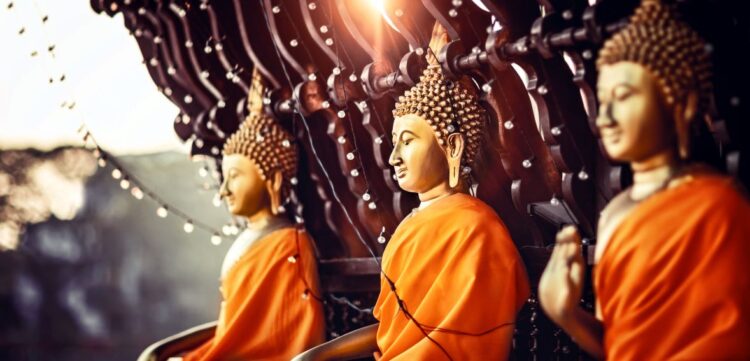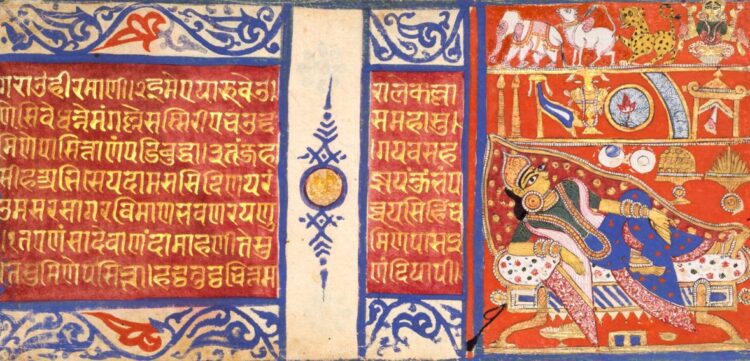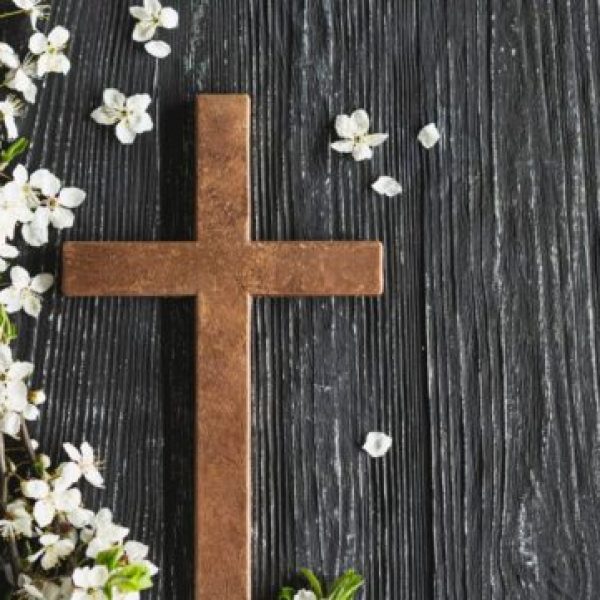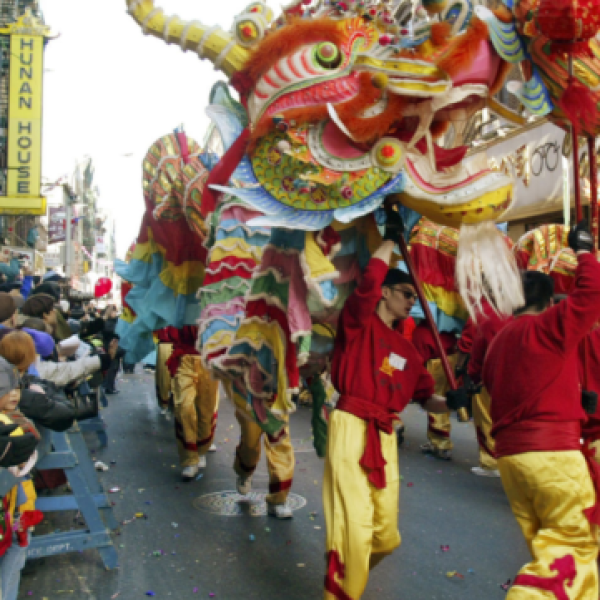Buddhism, one of the world’s oldest spiritual traditions, is rich with symbolism that plays a significant role in conveying its teachings and philosophy. Most of the symbolism and symbols in Buddhism are derived from Hinduism. While many are familiar with prominent symbols like the Lotus Flower, the Dharma Wheel, and the Buddha statue, there exists a plethora of lesser-known symbols that hold profound meanings, especially in the context of meditation. These symbols not only serve as visual aids but also act as focal points that deepen one’s meditation practice, helping practitioners connect with the core teachings of Buddhism. This article delves into these lesser-known Buddhist symbols, exploring their meanings and their importance in meditation.
The practice of meditation in Buddhism is intricately linked with symbolism. Each symbol carries a specific message or teaching that can guide practitioners towards enlightenment. By understanding these symbols, one can enrich their meditation experience, making it more meaningful and transformative. Symbols such as the Vajra, the Endless Knot, and the Conch Shell, though not as widely recognized, offer profound insights into the nature of existence, the path to enlightenment, and the qualities one must cultivate to achieve inner peace.
In this article, we will explore some of these lesser-known symbols, unraveling their meanings and examining how they can enhance one’s meditation practice. We will look at their origins, their significance in Buddhist teachings, and practical ways to incorporate them into daily meditation. Whether you are a seasoned practitioner or a beginner, understanding these symbols can provide a deeper connection to the Buddhist path and a greater appreciation of its rich symbolic heritage.
The Vajra: Symbol of Indestructible Power and Wisdom
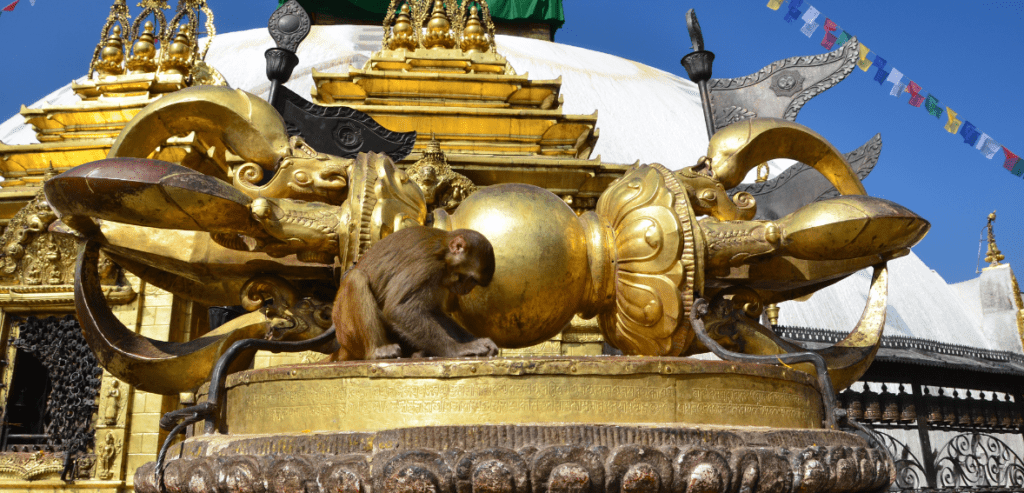
Meaning and Origin
The Vajra, often translated as “diamond” or “thunderbolt,” is a significant symbol in Tibetan Buddhism. It represents indestructible power and ultimate wisdom, qualities essential for overcoming ignorance and achieving enlightenment. The Vajra is typically depicted as a scepter with two ends, one end representing compassion and the other wisdom. Its origins trace back to ancient Indian mythology, where it was a weapon wielded by the god Indra, symbolizing supreme authority and power.
Importance in Meditation
In the context of Buddhist meditation, the Vajra serves as a reminder of the indestructible nature of the mind and the power of wisdom to cut through delusion. Meditators use the Vajra to focus their minds, visualizing its indestructible quality as a way to strengthen their concentration and resolve. It is often paired with a bell, representing the union of wisdom and compassion, essential components of a balanced meditation practice.
Practical Application
To incorporate the Vajra into your meditation practice, you can hold a small Vajra symbol in your hand or place it on your altar as a focal point. Visualize its indestructible quality and reflect on the power of wisdom in overcoming obstacles on your path to enlightenment. This practice can help cultivate a sense of inner strength and clarity, essential for deepening your meditation.
The Endless Knot: Symbol of Interconnectedness and Eternity
Meaning and Origin
The Endless Knot, also known as the Eternal Knot, is a complex, intertwined design that has no beginning or end. It symbolizes the interconnectedness of all things, the cyclical nature of life, and the eternal flow of wisdom and compassion. This symbol is found in many cultures but holds special significance in Buddhism, where it represents the intertwined nature of spiritual practice and the interconnectedness of all beings.
Importance in Meditation
In meditation, the Endless Knot serves as a visual representation of the interconnectedness of all phenomena. It reminds practitioners of the interdependent nature of existence, encouraging them to cultivate a sense of unity and compassion for all beings. The Endless Knot also symbolizes the continuity of wisdom and the endless nature of the cycle of birth, death, and rebirth.
Practical Application
To incorporate the Endless Knot into your meditation practice, you can use a physical representation of the knot or visualize it in your mind. Reflect on the interconnectedness of all things and how your actions and thoughts influence the world around you. This contemplation can help foster a deeper sense of compassion and interconnectedness, enhancing your overall meditation experience.
The Conch Shell: Symbol of the Voice of the Buddha

Meaning and Origin
The Conch Shell is an ancient symbol used in many cultures, but in Buddhism, it holds a special place as a symbol of the Buddha’s teachings. The sound of the conch is believed to awaken beings from ignorance and call them to spiritual awakening. It represents the powerful and far-reaching nature of the Buddha’s voice, spreading wisdom and compassion across the world.
Importance in Meditation
The Conch Shell is used in meditation to symbolize the clarity and purity of the Buddha’s teachings. It serves as a reminder of the importance of right speech and the power of words to inspire and transform. Meditating on the Conch Shell can help practitioners cultivate a sense of clarity and focus, essential for effective communication and understanding.
Practical Application
Incorporating the Conch Shell into your meditation practice can be as simple as having a conch shell on your altar or visualizing its spiral form during meditation. Reflect on the power of the Buddha’s teachings and the importance of clear and compassionate communication. This practice can help enhance your mindfulness and clarity in daily interactions.
The Parasol: Symbol of Protection and Royalty
Meaning and Origin
The Parasol, or umbrella, is a symbol of protection and royalty in Buddhism. It represents the protection of beings from harmful forces and the sheltering of practitioners on their spiritual journey. The Parasol also symbolizes the regal nature of the Buddha’s teachings, offering refuge and guidance to those who seek enlightenment.
Importance in Meditation
In meditation, the Parasol serves as a reminder of the protective nature of the Buddha’s teachings. It encourages practitioners to seek refuge in the Dharma and to cultivate a sense of safety and security in their practice. The Parasol also symbolizes the protection of wisdom and compassion, essential qualities for a balanced and effective meditation practice.
Practical Application
To incorporate the Parasol into your meditation practice, you can visualize a protective parasol above you, symbolizing the sheltering presence of the Buddha’s teachings. Reflect on the sense of safety and protection that comes from following the Dharma. This practice can help create a supportive and secure environment for your meditation, allowing you to go deeper into your practice.
The Dhvaja: Symbol of Victory and Triumph
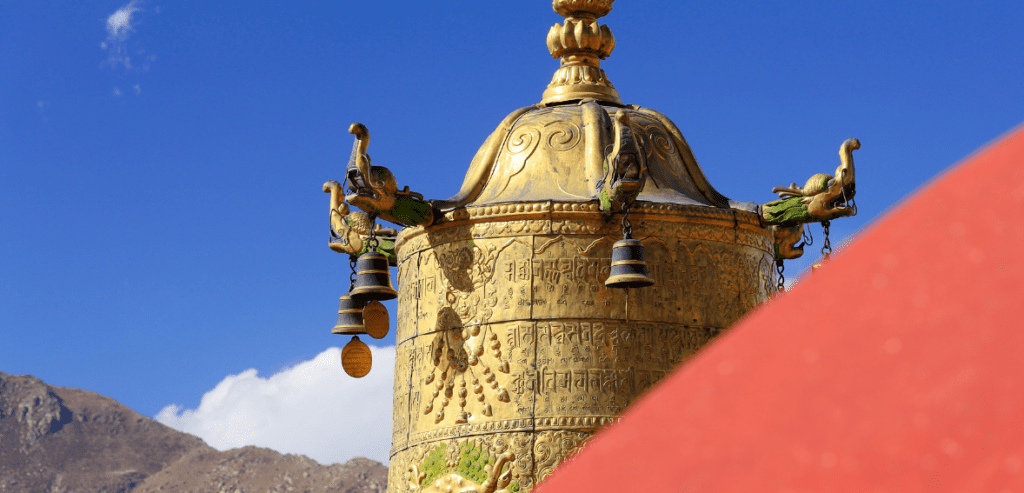
Meaning and Origin
The Dhvaja, or victory banner, is a symbol of triumph and victory in Buddhism. It represents the victory of the Buddha’s teachings over ignorance and delusion, as well as the success of spiritual practitioners in overcoming obstacles on their path to enlightenment. The Dhvaja is often depicted as a flag or banner, fluttering in the wind and symbolizing the spreading of the Buddha’s teachings.
Importance in Meditation
In meditation, the Dhvaja serves as a reminder of the ultimate goal of enlightenment and the victory of wisdom and compassion over ignorance and delusion. It encourages practitioners to stay focused on their spiritual goals and to celebrate their progress and achievements along the way. The Dhvaja also symbolizes the spreading of the Dharma, inspiring practitioners to share their insights and understanding with others.
Practical Application
To incorporate the Dhvaja into your meditation practice, you can visualize a victory banner fluttering in the wind, symbolizing your triumph over obstacles and challenges. Reflect on your spiritual progress and the victories you have achieved on your path. This practice can help cultivate a sense of accomplishment and motivation, encouraging you to continue your meditation journey with renewed vigor.
The Fish: Symbol of Liberation and Freedom
Meaning and Origin
The pair of golden fish is a symbol of liberation and freedom in Buddhism. Originally representing the rivers Ganges and Yamuna in India, the fish symbolize the state of fearlessness and freedom that comes from living in water. In Buddhism, they represent the liberation from the cycle of birth and death, symbolizing happiness, fertility, and abundance.
Importance in Meditation
In meditation, the fish symbolize the state of fearlessness and the freedom that comes from liberation. They remind practitioners of the goal of attaining enlightenment and liberation from the cycle of suffering. Meditating on the fish can help cultivate a sense of ease and flow, encouraging practitioners to move through their practice with grace and fluidity.
Practical Application
To incorporate the symbol of the fish into your meditation practice, you can visualize a pair of golden fish swimming freely in the water. Reflect on the qualities of fearlessness and freedom, and how they can be cultivated in your own life. This practice can help enhance your sense of liberation and ease, making your meditation practice more joyful and fulfilling.
Conclusion
The lesser-known Buddhist symbols discussed in this article offer profound insights and guidance for meditation practitioners. Each symbol carries a unique message and teaching, enriching the meditation experience and deepening one’s connection to the Buddhist path. By incorporating these symbols into your practice, you can enhance your understanding of Buddhist teachings and cultivate qualities essential for spiritual growth.
Whether through visualization, contemplation, or the use of physical representations, these symbols can serve as powerful tools for meditation. They remind us of the interconnectedness of all things, the power of wisdom and compassion, and the ultimate goal of liberation and enlightenment. By integrating these symbols into your meditation practice, you can create a more meaningful and transformative experience, guiding you on your journey towards inner peace and enlightenment.
FAQs
1. What are some lesser-known Buddhist symbols used in meditation?
Lesser-known Buddhist symbols used in meditation include the Vajra, the Endless Knot, the Conch Shell, the Parasol, the Dhvaja, and the pair of golden fish. Each of these symbols carries unique meanings and teachings that can enhance meditation practice.
2. How can the Vajra be used in meditation?
The Vajra can be used in meditation by holding a small Vajra symbol or visualizing its indestructible quality. It serves as a reminder of the power of wisdom and the indestructible nature of the mind, helping to strengthen concentration and resolve. Meditators may also use the Vajra alongside a bell to symbolize the union of wisdom and compassion, essential components for a balanced meditation practice.
3. What does the Endless Knot symbolize in Buddhist meditation?
The Endless Knot symbolizes the interconnectedness of all things, the cyclical nature of life, and the continuous flow of wisdom and compassion. In meditation, it serves as a visual representation of the interdependent nature of existence, encouraging practitioners to cultivate a sense of unity and compassion for all beings. This symbol helps meditators reflect on the interconnectedness of their actions and thoughts with the world around them.
4. How can the Conch Shell enhance clarity in meditation?
The Conch Shell represents the voice of the Buddha and the powerful, far-reaching nature of his teachings. By incorporating the Conch Shell into meditation, practitioners can focus on the clarity and purity of the Buddha’s message. This symbol helps meditators cultivate clear and compassionate communication, enhancing their mindfulness and understanding. Visualizing the Conch Shell or having a physical representation on an altar can serve as a reminder of the importance of right speech and the transformative power of words.
5. What is the significance of the Parasol in Buddhist meditation?
The Parasol symbolizes protection and royalty in Buddhism. In meditation, it serves as a reminder of the protective nature of the Buddha’s teachings, encouraging practitioners to seek refuge in the Dharma and cultivate a sense of safety and security. Visualizing a protective parasol during meditation can create a supportive environment, helping practitioners feel sheltered and guided on their spiritual journey. This symbol also emphasizes the regal nature of the Buddha’s teachings, offering refuge and guidance to those who seek enlightenment.
By exploring and incorporating these lesser-known Buddhist symbols into meditation practices, individuals can deepen their understanding of Buddhist teachings and enhance their spiritual journey. Each symbol offers unique insights and guidance, enriching the meditation experience and fostering qualities essential for personal and spiritual growth.


